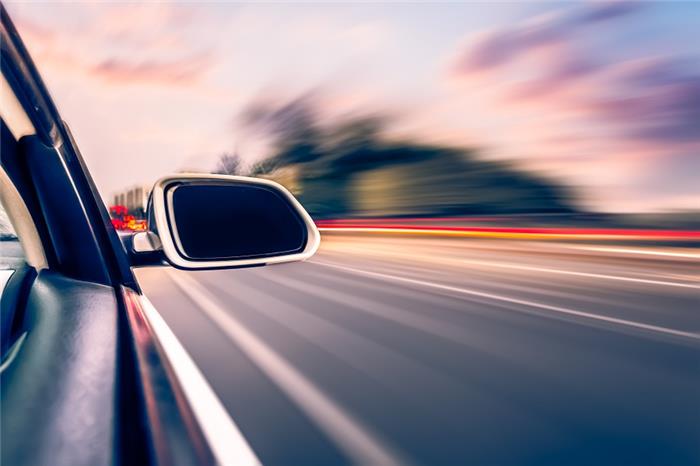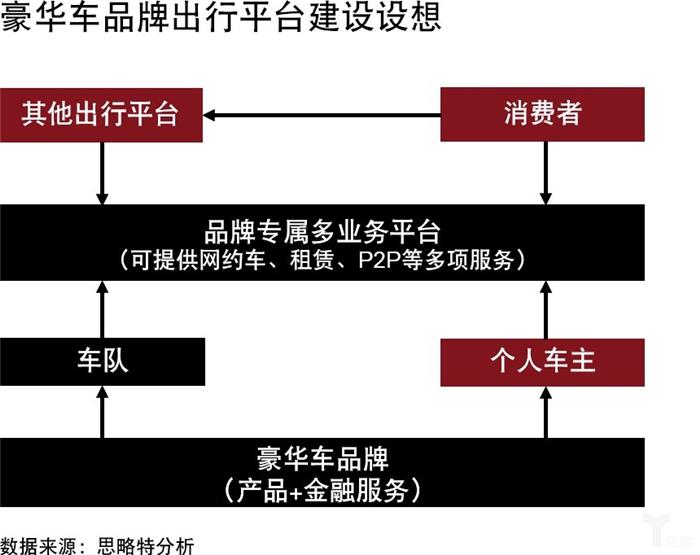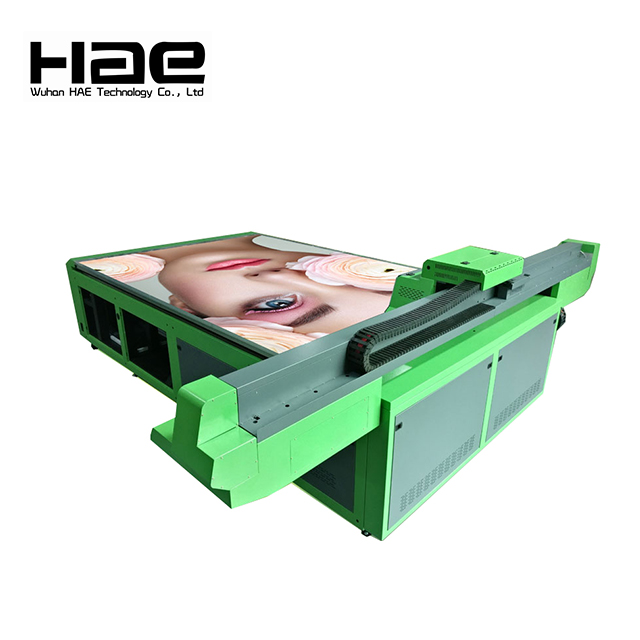On March 28, Daimler and BMW announced that they had reached an agreement to establish a shared travel joint venture. The cooperation involves the merger and future expansion plans of various businesses such as the Group’s online booking, time-share leasing, parking services, charging network, and multimodal transportation. For this strategic cooperation and cooperation, we believe there are three issues worth thinking about luxury car brands.

Daimler and BMW are rewriting the current pattern of the travel market. On March 28, the two parties announced that they had reached an agreement to establish a shared travel joint venture, each holding 50% of the shares. The cooperation involves the merger and future expansion plans of various businesses such as the Group’s online booking, time-share leasing, parking services, charging network, and multimodal transportation. For this strategic cooperation, we think there are three issues worth thinking about luxury car brands.
Question one: Is it necessary for luxury car brands to lay out the travel market?
The answer is yes. The development of shared travel and the change in consumption patterns inevitably affect people’s decision to purchase cars, even if they are users of luxury brands. The urban travel supply is no longer solely dependent on the extensive growth of car ownership, which makes traditional car companies rely solely on the profit model of vehicle sales is challenged, so the layout of the brand in the travel market is particularly important.
First of all, luxury car brand transformation high-end travel service providers can meet other travel needs of high-consumption consumers, expand business models, and under the market trend of gradually declining car ownership, companies can better cope with future challenges and control operational risks.
Secondly, using its models to provide travel services can also increase brand sales and increase brand exposure. And, car companies can use this channel to reach a large number of potential customers. Bring closer the emotional distance between car companies and consumers, and enhance the attractiveness of brands and products to potential consumers by providing experience services.
In addition, the development of travel services helps to create market forces and promote product innovation and development. Auto companies can not only make internal space innovations, hardware and software adjustments based on customer feedback, but also create vehicles that are more suitable for sharing travel. On the other hand, car companies can better understand the profound needs of consumers, grasp the market trends and the big data resources behind the travel network, and carry out innovations in intelligence and autonomous driving.
The upper middle class and the affluent class are rapidly rising. According to PricewaterhouseCooper's forecast, by 2020, this class is expected to account for 63% of the total population, making it the absolute main consumer. How to provide more efficient, efficient, high-quality and comprehensive high-end travel services for such people will be the core issue for the sustainable development of luxury brands.
Question 2: What are the opportunities and challenges for the transformation of high-end travel service providers?
In recent years, both luxury car companies and travel platforms have made different attempts in the high-end travel field.
Network about cars: travel platforms such as Didi, Yidao, etc. recently launched a "luxury model" of the network about the car service, pricing is low, the middle of the trip several times. Take the drop-driving platform as an example. For a short distance route (about 9 kilometers), the express train needs about 30 yuan, and the special car needs about 50 yuan, while the luxury car service such as the Mercedes-Benz E-class vehicle needs 108 yuan. As for the more luxurious model Porsche Panamera, the platform has set a high price of 430 yuan, which discourages consumers.
Time-share leasing: Audi's "Audi on demand + mobile travel" tailored to the needs of China's high-end car market was formally launched in Beijing at the end of 2017, emphasizing an exclusive service experience. While enjoying the exclusive staff responsible for delivery, pick-up service, and customized in-car facilities, the prices are equally high. Basic luxury models such as the A6L are priced at RMB 100 (5 hours starting) and RMB 800 sponsored. The Audi R8 is marked with a high hourly charge of 1,239 yuan and a guaranty service of 9,999 yuan.
Traditional luxury manufacturers such as Daimler and BMW have also tried the water leasing industry. The Car2Go time-sharing leasing service launched by Daimler entered the Chinese market in 2015, using the Mercedes-Benz Smart model to drive the free-flowing car instant sharing system. Currently only on the line in Chongqing, the target audience is relatively large in terms of time-sharing leasing business, and also emphasizes efficiency and service convenience.
Operating Leases: For short and long-term rental needs of high-end models for individuals and corporate customers, many rental platforms have launched related services. But overall, there is less choice of luxury models. A store only has 2-3 luxury cars for consumers to choose from. The price is about 800 yuan/day. The customer's choice of models is extremely limited and there is no differentiated service experience.
Monthly Card Registration Plan: Porsche launched a monthly card registration plan in Atlanta, United States. Users only need to pay 3,000 US dollars per month to enjoy the driving experience of Porsche's 22 models. The service is still in the trial phase and it is expected that the pricing model will be further adjusted after the service is formally launched.
P2P leasing: Luxury car companies such as BMW have also begun to test P2P leasing business. BMW's travel platform ReachNow joined the P2P rental function at the end of 2017, allowing BMW Mini owners to rent their cars on the platform. This service is only available in Seattle, USA.
Overall, the development of the high-end travel market is not yet mature, and many companies are at the exploratory stage.
The differentiated positioning of the high-end market still remains mainly on the differences in models, and the difference in service experience is not strong, making users accept limited premium capabilities. The unit price under the single service type is too high, resulting in limited development of the limited market size, high operating costs, and difficulties in developing a more profitable business model.
Second, the quality of high-end travel services is closely related to brand image. When a luxury brand enters the high-end travel service market, the service quality must be consistent with the brand value, otherwise the brand value will be irreparably harmed.
At the same time, due to the large investment demand for such businesses, the profitability of the previous period is relatively difficult. If the traditional management model of car companies is implemented, it will cause greater pressure on the team of the travel business and inhibit the development of new businesses.
Question 3: What is the initial solution?
Looking into the future development of the travel market, different shared travel modes will infiltrate each other. A comprehensive travel platform will have great potential for development (see Figure 1). An independent single format travel platform will hardly have enough user stickiness and scale. Luxury car brands should seize more travel business opportunities and build a full-contact, integrated travel platform to integrate all types of travel service resources under the brand, and more effectively enhance user experience and emotional value resonance. The sharing of resources between business models (such as dedicated fleets, service teams, etc.) can also reduce initial investment and create greater profitability for car companies.

Second, the brand may consider cooperating with a third-party travel platform to integrate advantages to promote development. There are no shortage of such cases on the market, such as the strategic cooperation between UCAR and Volvo Cars in China, and the cooperation between BMW and Global Cars. At the same time, the brand may also consider seeking to share cross-brand cooperation in the travel business, integrate resources to reduce operating costs, and quickly create economies of scale. For example, the strategic cooperation between Daimler and BMW is a good attempt to completely rewrite the existing pattern of the travel market.
In addition, car companies can also use social capacity development services to make full use of social capital to promote high-end travel business development. The introduction of strategic investors also facilitates the establishment of more flexible decision-making mechanisms. In a complex policy environment, having the ability to quickly make strategic adjustments can better circumvent investment risks.
With the improvement of platform services, luxury car brands can also enter relevant fields according to the scene, such as high-end travel business social networking, high-end travel market, etc., and completely realize the transition from “luxury car manufacturers†to “high-end digital mobile travel service providersâ€.
Wuhan Wide Uv Led Inkjet Printer widely used in different material direct printing, like glass, ceramic, metal plate, wood, acrylic panel, KT board, PVC sheet, Melamine Sheet, Marble Board, plastic film, leather, textile etc.
We Flatbed Uv Printer adopt industrial level printing head toshiba and Richo, Printing speed reach 34M/M

Uv Flatbed Printer,Flatbed Printer,Digital Uv Flatbed Printer,Digital Flatbed Printer
Wuhan HAE Technology Co., Ltd. , https://www.chinahae.com